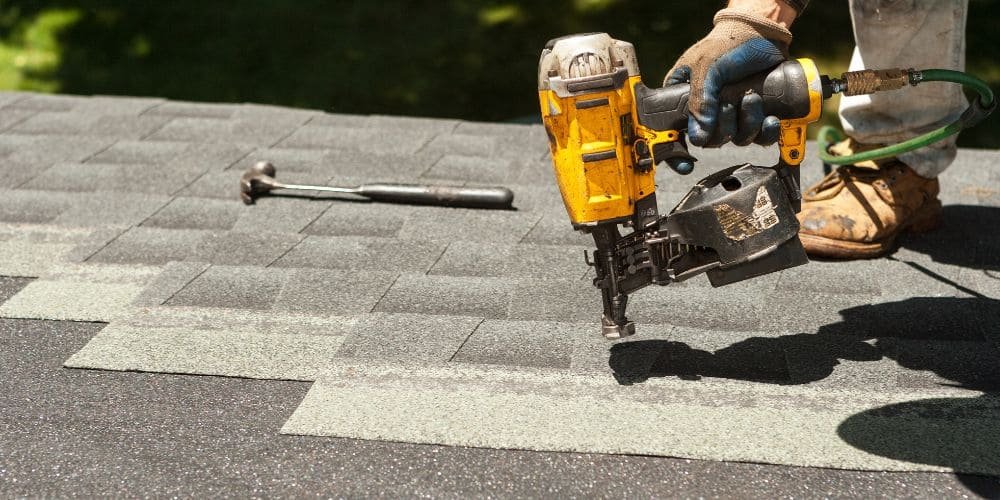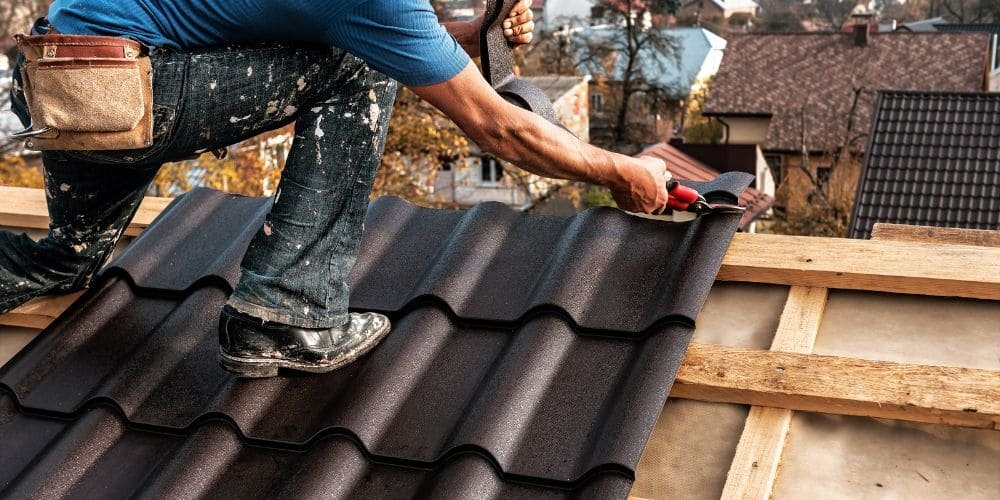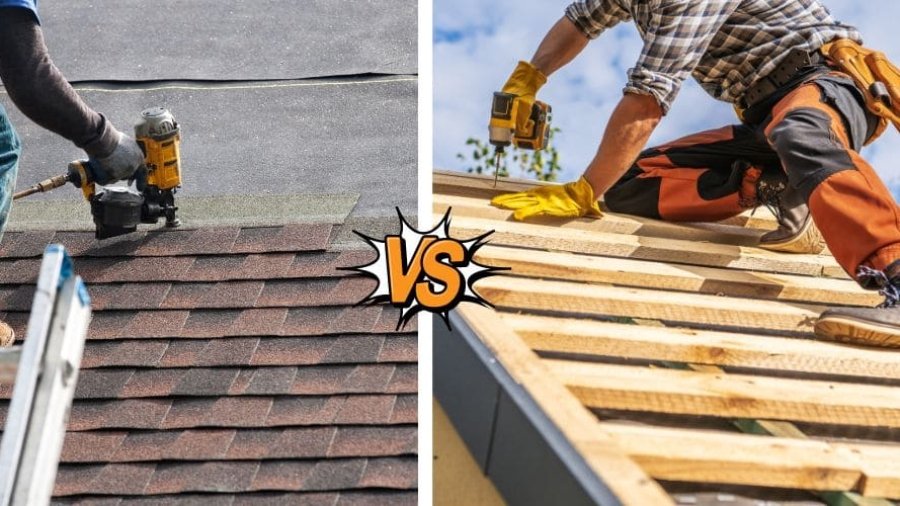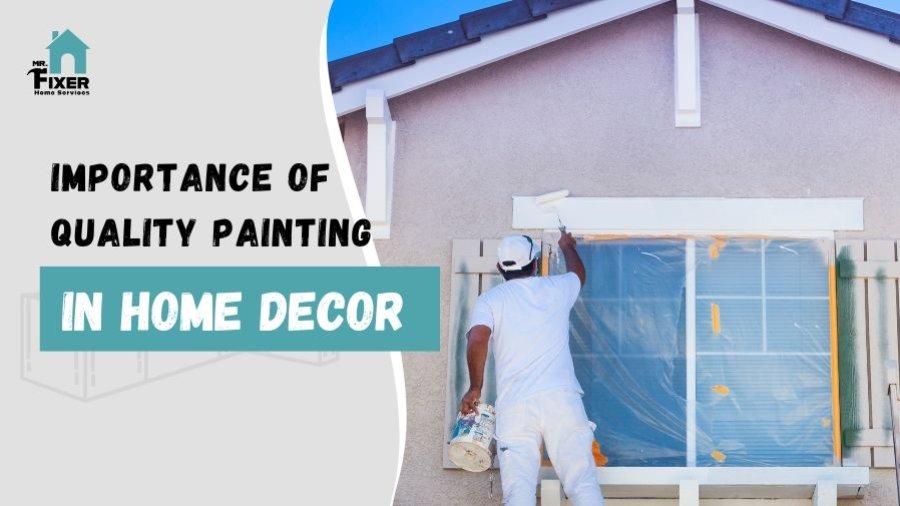Your roof is the first defense your home’s shelter sees against weathering elements; it needs maintenance or replacement over time. However, for most homeowners in San Antonio, TX, due to the hot summers, hailstorms, and heavy rains, the area often experiences repair or replacement decisions that make things quite challenging between Roof Repair and Replacement. Each of these decisions depends on several factors to be considered.
At Mr. Fixer, we understand the unique climate and roofing challenges homeowners in San Antonio face. Here we will provide a roadmap through your decision-making process, highlighting key factors to consider and when repair is preferable over replacement.
Top 7 Factors to Consider While Deciding Between Repairing or Replacing Your Roof
Consider a few essential aspects before reaching a final decision. These decisions make the difference between needing a roof repair service and replacing it. Let’s dive deep into the details.

- Roof Age
Your roof’s age, of course, has much to say about whether you replace or repair it. Most asphalt shingle roofs have a service life of 15 to 20 years. If they reach this age or more than that, repairs will be relatively more constant and may not be cost-effective; thus, it could be a chance to have your roof replaced.
Since it’s a comparatively new roof and has minor damage, repair will extend its life. In any case, it is necessary to carry out the checks regularly, especially in cities like San Antonio, where extreme weather conditions accelerate the aging of the rooftop.
- Roof Leaks
Leaks are among the most common indications that your roof will require attention. Quite often, minor and individual leaks can be repaired with a simple roof leak repair. However, leaks can be pretty general, or there may be recurring ones, in which case the damage may be in the form of water damage or weakened structural integrity. In such a case, a complete roofing replacement would be more advantageous in the long run.
- Roofing Damage
Another difference is the extent of the damage. Minor damages, such as the loss of a few shingles, can generally be repaired. Alternatively, replacing the whole roof would be more budget-friendly and practical if you notice more significant damage- excess sagging, desiccation, or missing substantial areas.
However, since timing is critical in the damage assessment to avoid more problems, especially considering San Antonio’s weather, these minor problems can quickly get out of hand.
Also read, Roof Trouble? Detect, Repair, Revive – All in One Guide!
- Roof Type
Each has a different life span and is resilient in its own way. Today, the most common roofs in San Antonio are asphalt shingles, even though many homes have metal, tile, or flat roofs. Roof repair is a decent option with more durable materials like tile or metal. However, replacement might become more brilliant if you have an asphalt shingle roof that is beginning to reach its end.
- Geography
Living in San Antonio, one must consider the climate. In addition to the scorching sun, hailstorms and heavy rain exert phenomenal pressure on the roofing material. If your roof has given in to these reasons, it may need more than a quick repair service. Sometimes, replacing the roof is a better way to prepare your dwelling for future weather events.
- Energy Efficiency
Older roofs can’t properly insulate homes, resulting in higher energy bills. A new, more energy-efficient roof can improve that, and keeping cool during those sweltering San Antonio summers will be pretty important. Any homeowner who has been noticing their energy costs go up or has been unable to keep their home cool may save money over time by replacing their roof with energy-efficient materials.
- Replacement Cost
First, cost will always come at some factor. Generally speaking, repair costs less than a complete replacement, especially if the problem is minor. If your roof needs frequent maintenance over and over, the costs eventually add up. A roof replacement requires a high upfront investment, whereas a roof repaired in due time can help cut costs in the long run by saving on some of the repair costs and reducing energy waste.
When to Get a New Roof?

While minor or mediocre repairs can prove effective, there are only those times when a complete replacement is warranted. When your roof is more than 20 years old or has extensive damage and widespread leaks, it requires replacement.
Another instance when replacing the roof is merited is when the repairs become constant and costly. If you consistently deal with leaks, missing shingles, and other issues, getting a new roof will be cheap in the long run. A new roof provides better protection and dramatically appeals to your home’s exterior and energy efficiency.
When to Get a Roof Repair?

There are, indeed, situations where roof repair services are most appropriate. Let’s consider a few situations where repairs make more sense than replacement.
Minor Roof Damage
If your roof is only slightly damaged-say, with just a few cracked or missing shingles-it is usually most economical to repair the affected area. It can also help avoid developing minor problems into much bigger, more expensive ones later.
Moderate Roof Damage
Other damages, like small leaks and moderate wear in some areas, can also be repaired. Repairs should be undertaken as soon as possible because it stops a further decline that the weather conditions in San Antonio may aggravate. If the problem is moderate, early repair can give a longer life to your roof.
Final Thoughts
Among the factors you will consider in deciding between repair and replacement are the roof’s age, the extent of damage, energy efficiency, and overall costs. Repairs could be a pretty intelligent, cost-effective solution if your roof is relatively new and the damage has been minimal. If the roof is a little older and close to the end of its life cycle, or the damage has been significant, you might want to replace it for durability and better savings.For any homeowner, selecting the right roofing solution may require some thoughtfulness, considering the roughness outside in the vicinity. Mr. Fixer takes pride in roof repair services and total replacements, offering expert consultations and excellent service to ensure your home stays intact and protected. From minor roof leak repair to complete roof replacement, contact Mr. Fixer today for top-of-the-line service and the best solution for your roofing needs.


















